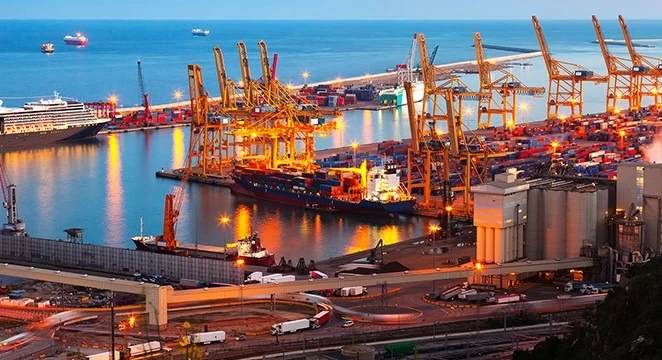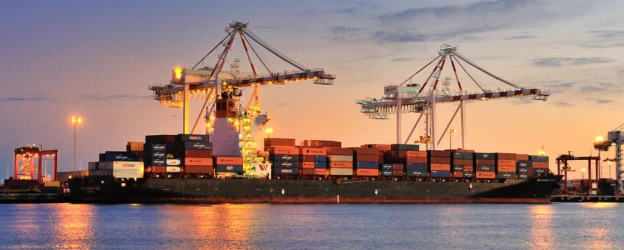Sea Freight at Laem Chabang Port
Laem Chabang Port, located in Chonburi Province, Thailand, is the country’s largest deep-sea port and a critical hub for sea freight in Southeast Asia. Since its inception in 1991, the port has played a pivotal role in Thailand’s economic development, facilitating international trade and boosting the regional economy.
Historical Development
Laem Chabang Port has undergone significant development since its construction began in 1987. The port’s development is divided into three phases:
- Phase 1 (1987-1998): This phase saw the construction of Basin 1, which includes 11 terminals. These terminals cater to various types of cargo, including containers, general cargo, and vehicles. The depth alongside Basin 1 is 14 meters, allowing it to handle vessels up to 6,500 TEUs.
- Phase 2 (1998-2008): Basin 2 was developed during this phase to accommodate the growing container traffic. It includes six container terminals and one general cargo terminal. The depth alongside Basin 2 is 16 meters, enabling it to handle some of the largest vessels in operation.
- Phase 3 (Ongoing): The current phase aims to enhance the port’s competitiveness and solidify its position as a major gateway port in the region. This phase includes the construction of additional terminals and infrastructure improvements to support larger vessels and increased cargo volumes.
Strategic Location
Laem Chabang Port is strategically located 130 kilometers south of Bangkok, making it easily accessible via road, rail, air, and water. Its proximity to the Eastern Economic Corridor (EEC), Thailand’s primary economic and industrial zone, further enhances its importance as a logistics hub.
Port Facilities and Services
The port offers a wide range of facilities and services to support sea freight operations:
- Container Terminals: Laem Chabang Port has multiple container terminals equipped with modern handling equipment to ensure efficient cargo operations.
- General Cargo Terminals: These terminals handle various types of cargo, including bulk and breakbulk.
- Warehousing and Distribution: The port provides extensive warehousing and distribution services to facilitate the smooth movement of goods.
- Pilotage and Towage: Professional pilotage and towage services ensure the safe navigation of vessels within the port.
- Ship Repair and Maintenance: The port has facilities for ship repair and maintenance, including a floating dockyard with a 140,000 DWT capacity.
Economic Impact
Laem Chabang Port significantly contributes to Thailand’s economy by promoting international trade and attracting foreign investment. The port’s strategic location and comprehensive services make it a preferred destination for shipping lines operating on the Asia-North America and Asia-Europe trade routes.
Future Prospects
The ongoing Phase 3 development aims to further enhance the port’s capabilities and competitiveness. The Port Authority of Thailand (PAT) is focused on making Laem Chabang Port a leading maritime hub in the region, capable of handling the largest vessels and increasing cargo volumes.
Conclusion
Laem Chabang Port is a cornerstone of Thailand’s maritime infrastructure, playing a crucial role in the country’s economic growth and international trade. With its strategic location, modern facilities, and ongoing development, the port is well-positioned to continue its legacy as a leading sea freight hub in Southeast Asia.
If you have any specific aspects of Laem Chabang Port you’d like to explore further, feel free to let me know!











